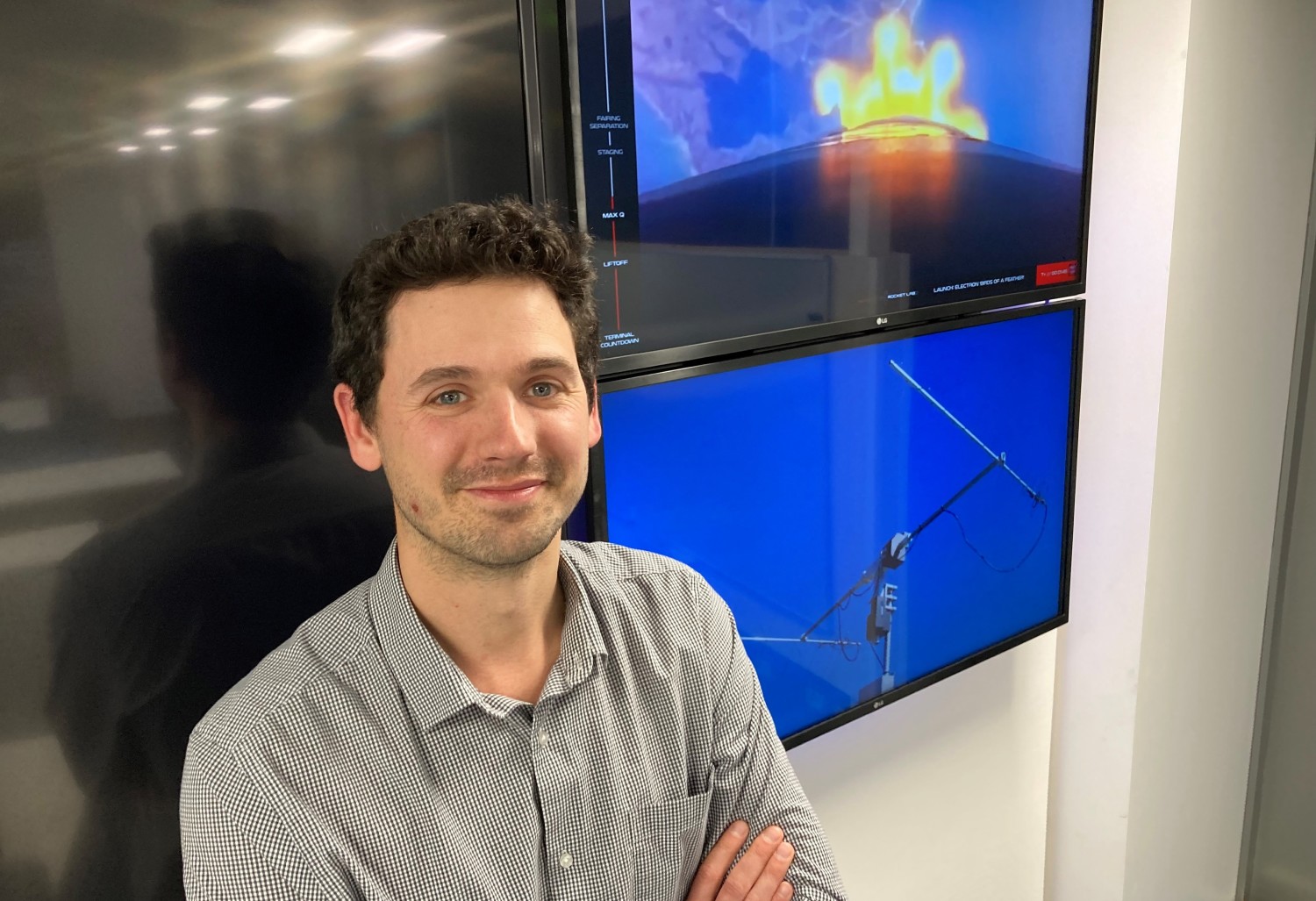Taylor aims to get Te Pūnaha Ātea’s first space mission ready for launch by August or September 2022. The first mission will be primarily about setting up and demonstrating a process that works, he says. It will feature equipment for Earth imaging and the “space selfie stick” to document its success.
The mission will also feature another piece of technology Taylor has helped develop – a system that deploys a thin “sail” of about a square metre. Despite the thinness of the atmosphere, there is drag in space, so at the end of a satellite’s life, a drag sail can be deployed to more quickly pull it into the Earth’s atmosphere, where it burns up.
“We want to be tidy Kiwis,” says Taylor, whose colleagues include Guglielmo Aglietti, who is working on ways to clean up space debris, and Roberto Armellin and Laura Pirovano, who are working on cataloguing space junk and controlling space traffic.
The first Te Pūnaha Ātea space mission is likely to be based on an externally developed platform but the plan is to quickly move towards building spacecraft “from scratch,” says Taylor.
“The first mission is about establishing the process. The second will fly our own electronics and platform systems as a payload. Beyond that, we should be in a position to move to doing everything in-house to meet New Zealand’s needs on a national scale.”
